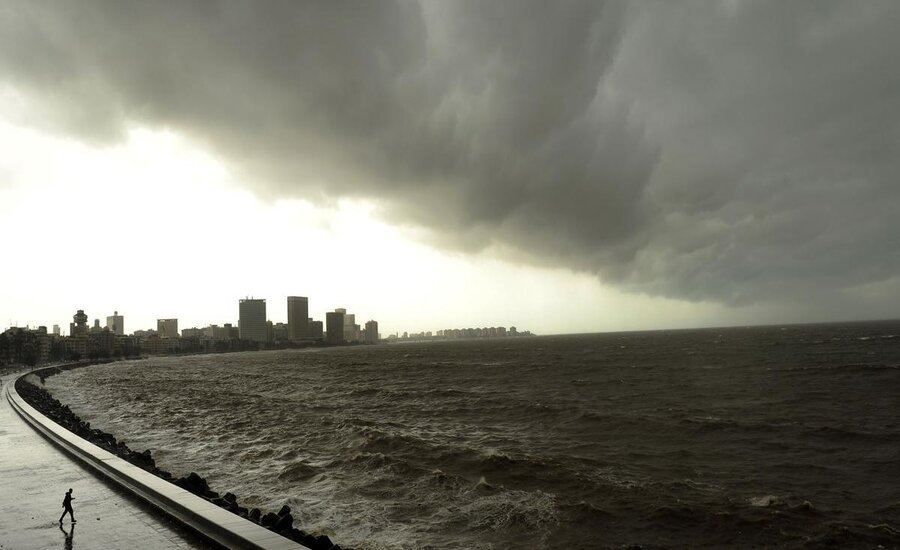Coastal cities around the world face increasing threats from climate change. Rising sea levels, stronger storms, and coastal erosion put millions of people at risk. According to the Intergovernmental Panel on Climate Change, global sea levels could rise by up to one meter by 2100 if greenhouse gas emissions are not reduced.

Cities like Miami, Dhaka, and Jakarta are particularly vulnerable. Saltwater intrusion affects freshwater resources, flooding disrupts transportation and infrastructure, and extreme weather events damage homes and businesses. The economic and social costs of these disasters are significant, often affecting the most vulnerable populations.
Governments and organizations are taking action to protect coastal communities. Solutions include building seawalls, restoring mangrove forests, implementing early warning systems, and promoting sustainable land use. In Bangladesh, floating agriculture and elevated homes are helping communities adapt to rising waters.
Despite these efforts, experts warn that mitigation is essential. Reducing carbon emissions globally is the only way to prevent the worst impacts of climate change. Individuals, governments, and businesses must work together to transition toward renewable energy, sustainable practices, and responsible consumption.
The future of coastal cities depends on timely action. Without coordinated efforts, millions may face displacement, economic loss, and environmental degradation. Adaptation and mitigation strategies are critical to ensuring the safety and resilience of coastal populations.

